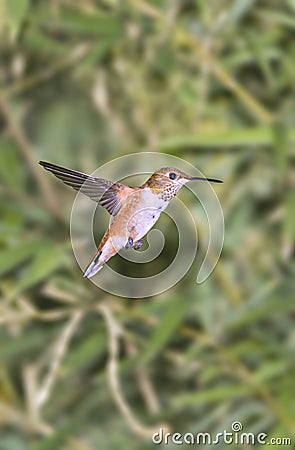The only things you need to know about writing for websites
© Alexeys
You’ll notice that there’s no shortage of “best practices” tips online today. And the guidelines for how to write/create content for websites that real people (as opposed to web-crawlers) actually read is no exception: today on Google there were nearly 78 million results. So, why are we weighing-in? To briefly enunciate our philosophy: when it comes to what should go up your site, there is a deceptively simple tried-and-true golden rule. Less is More.
“Deceptively simple” because anyone charged with web content knows the burden on the gatekeepers who do the vetting.
The point is, whatever makes your cut must be better than ever. More compelling, more readable, more useful and stickier. Because your visitors insist. The most recent studies reveal a sharp decrease in the amount of time spent by website visitors. It’s now less than half a minute. Not a lot of time to drone on about your product-as-hero. Or wax eloquent about your leadership and heritage. With this kind of attention deficit, everything a visiting skim-reader sees must be ultra high-return. It must instantly attract, impress and hook.
With this in mind and with so much recycled stuff out there, here is our condensed list of must-do’s as commonly practiced by the best-seller vendors:
1. Know your reader. Exactly the same as the ancient marketing tenet of “knowing your customer” to the greatest extent possible. What do your buyers want to know about your value proposition? What were they really buying when they cut a check? Why do they turn away from one thing and lean toward another? What are those things? We are constantly amazed at how many marketers are still in the dark when it comes to reader familiarity. It all begins right here.
2. Put yourself where they are. See #1 above. Chances are you lean toward video and everything visual when it comes to learning and gathering information. Ditto your prospects. The national and regional news sites figured this out long ago. Try to find one today worth its pixels that has no video or streaming on their home page, or every section That intriguing screen capture with the arrow inviting the click is irresistible. Use video to showcase brief product descriptions, short clips of your people sharing insights, and/or a customer or two (or five) endorsing you with a brief problem/solution testimonial. Caveat: ALL video has the shortest shelf life of anything on your site. You have to be committed to this. Which reminds us to tell you to…
3. Think like a baker. It’s all about freshness. You don’t see the same, stale stuff in the pastry case while your barrista is putting the cap on your low-fat mocha every morning. Maybe not exactly the same thing but the underlying principle is, absolutely. You make your site a destination for a larger audience when you respect the value those folks put on fresh (AKA new) information, tidbits, tips, and news they can use: precisely what people are looking for and the best way for you to rise through the rankings. Last but not least: give something away, like a free sample at a bakery.
4. Write in chunks. There’s a bit of controversy today about “linear” writing styles vs. the “chunky” approaches. Linear = feature stories, magazine articles, novels. Chunky = headline news, wire-service dispatches and police blotters. Which category do you think a stressed-out, short-attention span customer falls into? Chunking does three things to improve your site content: more efficient conveyance of information, helps readers speed things up to find what they’re looking for, and it presents page-to-page information more consistently which makes your site easier to navigate
5. Ask for the order. More honored in the breach than in the observance. What do you want your reader to do, think, say to peers, or act upon? Your call to action is right up there with your contact page as the key element(s) of your site. Make it clear, compelling and memorable. Above all, make it brief.

